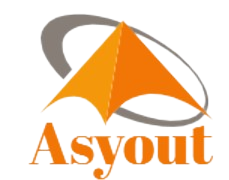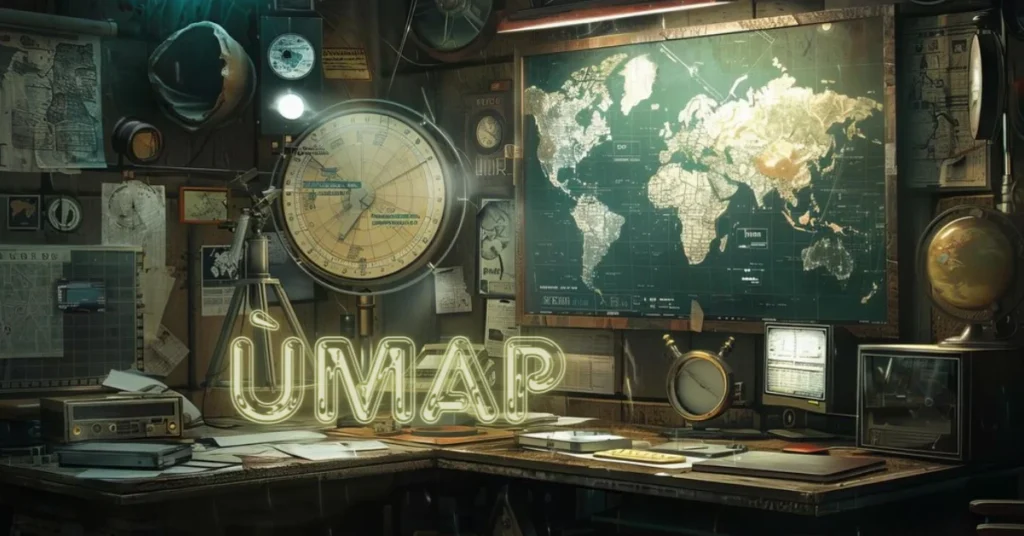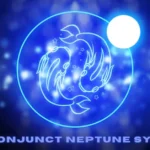Welcome to the next frontier of mapping technology – where innovation meets precision and convenience. In a world driven by digital advancements, traditional paper maps are being overshadowed by the emergence of Ùmap. Say goodbye to getting lost and hello to a new era of intuitive navigation with Ùmap! Let’s dive into how this revolutionary mapping technology is reshaping our understanding of location services.
The Evolution of Mapping Technology: From Paper Maps to Digital Maps
Gone are the days of unfolding paper maps in a car, trying to navigate through unfamiliar territory. The evolution of mapping technology has completely transformed the way we explore and discover our world.
From the early days of hand-drawn maps to the more sophisticated digital mapping systems we have today, technology has played a pivotal role in making navigation easier and more accessible. Digital maps offer real-time updates, interactive features, and personalized recommendations that were once unimaginable with traditional paper maps.
With advancements like GPS integration, satellite imagery, and augmented reality overlays, digital maps provide users with detailed and accurate information at their fingertips. This shift from paper to digital has revolutionized how we plan trips, find new locations, and even track our fitness activities using map apps on our smartphones.
As technology continues to progress rapidly, who knows what exciting innovations await us in the future of mapping technology!
What is Ùmap and How Does it Work?
Have you ever wondered how Ùmap is changing the way we navigate and visualize data?
Ùmap is an open-source mapping platform that allows users to create interactive maps with customizable features. It works by combining geographic information systems (GIS) technology with user-friendly interfaces, making it accessible to a wide range of users.
Users can easily add layers of data, customize markers and icons, and collaborate in real-time with others. The platform also supports various file formats for importing and exporting data, providing flexibility for different projects.
With Ùmap, users can create visually appealing maps for personal use or professional applications. From plotting travel itineraries to analyzing spatial data for research purposes, the possibilities are endless.
Overall, Ùmap’s intuitive interface and robust features make it a powerful tool for anyone looking to harness the power of mapping technology.
Advantages of Ùmap over Traditional Mapping Technology
Imagine having the power to create customized maps tailored to your specific needs. With Ùmap, this becomes a reality. One of the key advantages of Ùmap over traditional mapping technology is its flexibility and user-friendliness. Users can easily add layers, markers, and shapes with just a few clicks, allowing for personalized and interactive maps.
Additionally, Ùmap offers real-time collaboration features that enable multiple users to work on the same map simultaneously from different locations. This enhances productivity and teamwork in various industries such as urban planning, logistics, and environmental management.
Another advantage of Ùmap is its open-source nature, which encourages innovation and customization. Developers can tap into the platform’s API to create unique applications that meet specific requirements not possible with off-the-shelf mapping solutions.
Overall, Ùmap empowers users to go beyond static maps and unlock new possibilities in data visualization and analysis.
Real-world Applications of Ùmap
Looking beyond the digital screens, Ùmap is making its mark in real-world applications across various industries. In urban planning and transportation, Ùmap provides accurate data for optimizing traffic flow and public transportation routes. Emergency services rely on Ùmap to quickly locate and respond to incidents with precision.
In agriculture, farmers use Ùmap for crop monitoring and management, enabling them to make informed decisions to increase yield efficiency. Retail businesses utilize Ùmap for location-based marketing strategies, targeting customers based on their geographical preferences.
Environmental agencies leverage Ùmap for conservation efforts by mapping out critical habitats and tracking wildlife movements. Even in disaster response scenarios, organizations deploy Ùmap to coordinate relief efforts efficiently.
The versatility of Ùmap extends far beyond the digital realm into tangible benefits that impact our daily lives significantly.
Potential Impact on Industries and Everyday Life
Imagine a world where industries can optimize routes, track assets in real-time, and improve overall efficiency with the help of Ùmap technology. This revolutionary mapping tool has the potential to streamline logistics operations for businesses across various sectors.
The transportation industry could benefit greatly from Ùmap by reducing fuel consumption, minimizing delivery times, and enhancing customer satisfaction through accurate tracking systems. In agriculture, farmers could use this technology to monitor crop health, plan irrigation schedules effectively, and increase productivity.
For everyday life, Ùmap can offer personalized navigation services for users looking for the most efficient routes during their daily commutes or travel adventures. It can also assist emergency responders in locating individuals in distress faster and more accurately than ever before.
The impact of Ùmap on industries and daily routines could be transformative as it continues to evolve and integrate into various aspects of our lives seamlessly.
Challenges and Criticisms of Ùmap
As with any innovative technology, Ùmap is not without its challenges and criticisms. One common concern is the potential privacy implications of utilizing location-based services. Users may worry about their data being collected and shared without their consent.
Another issue that arises with Ùmap is the accuracy of the mapping data. While digital maps have come a long way in terms of precision, there can still be discrepancies or outdated information that could lead to confusion or errors in navigation.
Moreover, some critics point out the environmental impact of increased reliance on mapping technology. The energy consumption associated with running servers and updating map databases raises questions about sustainability in the long run.
Additionally, there are concerns regarding accessibility and inclusivity when it comes to using Ùmap for navigation. Not everyone may have access to smartphones or reliable internet connection, which could pose challenges for those relying on digital maps for directions.
While Ùmap offers numerous benefits and opportunities for advancement, addressing these challenges will be essential in ensuring its continued success and widespread adoption.
Future Developments and Possibilities
As technology continues to advance at a rapid pace, the future of mapping with Ùmap holds exciting possibilities. One potential development is the integration of artificial intelligence to enhance route optimization and real-time traffic updates. This could revolutionize how we navigate our daily lives by providing more efficient and accurate directions.
Another intriguing possibility is the incorporation of augmented reality features into Ùmap, allowing users to see digital overlays on their surroundings through their devices. Imagine being able to view restaurant ratings or historical facts about buildings simply by pointing your phone at them.
Furthermore, advancements in satellite imaging technology may lead to even higher resolution maps with detailed 3D representations of landscapes and structures. This could be invaluable for urban planning, disaster response efforts, and environmental monitoring.
With ongoing innovation and collaboration within the tech industry, the future of Ùmap appears promising as it continues to evolve and shape how we interact with our world.
Conclusion
In a world where technology continues to shape and redefine our daily lives, mapping technology stands at the forefront of innovation. Ùmap represents a significant leap forward in this field, offering advanced features and capabilities that surpass traditional mapping methods.
With its user-friendly interface and customizable options, Ùmap has the potential to revolutionize how we navigate our surroundings, plan routes, and analyze spatial data. From urban planning to disaster response, the applications of Ùmap are vast and diverse, promising to enhance efficiency and productivity across various industries.
While there may be challenges and criticisms surrounding Ùmap, such as data privacy concerns or accuracy issues, ongoing developments in technology will likely address these issues over time. As we look towards the future of mapping technology, it is clear that Ùmap has paved the way for exciting possibilities that could reshape industries and improve everyday life for people around the globe.
As we embrace this new era of mapping technology with Ùmap at its helm, one thing is certain – the power of spatial data visualization has never been more promising. The evolution from paper maps to digital maps has now reached new heights with technologies like Ùmap leading the way towards a more connected and efficient world.
FAQs
Q: What is Ùmap’s and what does it do?
Ans: Ùmap’s is a versatile tool for creating interactive maps, visualizing data geographically, and conducting geographical analysis with ease.
Q: How can Ùmap’s benefit users in different fields?
Ans: Ùmap’s benefits users by facilitating map creation, data visualization, and spatial analysis across disciplines like urban planning, education, and environmental science.
Q: Is Ùmap’s easy to use for beginners?
Ans: Yes, Ùmap’s offers an intuitive interface that allows beginners to create customized maps and visualize data without extensive technical knowledge.
Q: What are the key features that make Ùmap’s stand out?
Ans: Ùmap’s stands out with features like customizable map layers, collaborative editing, and the ability to embed maps seamlessly into websites.
Q: How does Ùmap’s contribute to the future of mapping technologies?
Ans: Ùmap’s is at the forefront of advancing mapping technologies by empowering users to create dynamic, interactive maps that enhance understanding and decision-making.







